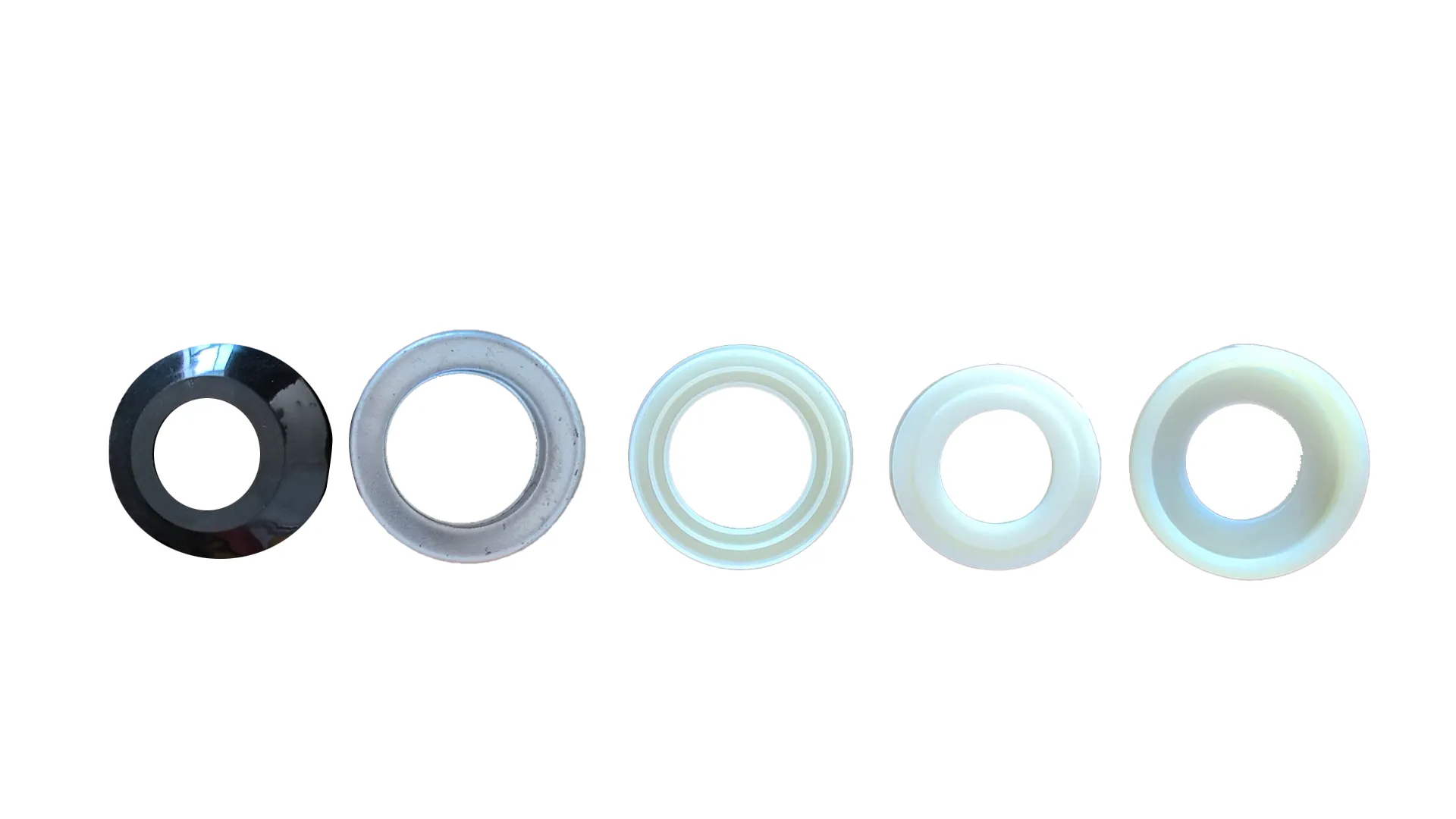 Afrikaans
Afrikaans  Albanian
Albanian  Amharic
Amharic  Arabic
Arabic  Armenian
Armenian  Azerbaijani
Azerbaijani  Basque
Basque  Belarusian
Belarusian  Bengali
Bengali  Bosnian
Bosnian  Bulgarian
Bulgarian  Catalan
Catalan  Cebuano
Cebuano  Corsican
Corsican  Croatian
Croatian  Czech
Czech  Danish
Danish  Dutch
Dutch  English
English  Esperanto
Esperanto  Estonian
Estonian  Finnish
Finnish  French
French  Frisian
Frisian  Galician
Galician  Georgian
Georgian  German
German  Greek
Greek  Gujarati
Gujarati  Haitian Creole
Haitian Creole  hausa
hausa  hawaiian
hawaiian  Hebrew
Hebrew  Hindi
Hindi  Miao
Miao  Hungarian
Hungarian  Icelandic
Icelandic  igbo
igbo  Indonesian
Indonesian  irish
irish  Italian
Italian  Japanese
Japanese  Javanese
Javanese  Kannada
Kannada  kazakh
kazakh  Khmer
Khmer  Rwandese
Rwandese  Korean
Korean  Kurdish
Kurdish  Kyrgyz
Kyrgyz  Lao
Lao  Latin
Latin  Latvian
Latvian  Lithuanian
Lithuanian  Luxembourgish
Luxembourgish  Macedonian
Macedonian  Malgashi
Malgashi  Malay
Malay  Malayalam
Malayalam  Maltese
Maltese  Maori
Maori  Marathi
Marathi  Mongolian
Mongolian  Myanmar
Myanmar  Nepali
Nepali  Norwegian
Norwegian  Norwegian
Norwegian  Occitan
Occitan  Pashto
Pashto  Persian
Persian  Polish
Polish  Portuguese
Portuguese  Punjabi
Punjabi  Romanian
Romanian  Russian
Russian  Samoan
Samoan  Scottish Gaelic
Scottish Gaelic  Serbian
Serbian  Sesotho
Sesotho  Shona
Shona  Sindhi
Sindhi  Sinhala
Sinhala  Slovak
Slovak  Slovenian
Slovenian  Somali
Somali  Spanish
Spanish  Sundanese
Sundanese  Swahili
Swahili  Swedish
Swedish  Tagalog
Tagalog  Tajik
Tajik  Tamil
Tamil  Tatar
Tatar  Telugu
Telugu  Thai
Thai  Turkish
Turkish  Turkmen
Turkmen  Ukrainian
Ukrainian  Urdu
Urdu  Uighur
Uighur  Uzbek
Uzbek  Vietnamese
Vietnamese  Welsh
Welsh  Bantu
Bantu  Yiddish
Yiddish  Yoruba
Yoruba  Zulu
Zulu conveyor belt pulley lagging
Conveyor Belt Pulley Lagging An Essential Component for Efficiency and Longevity
Conveyor systems play a crucial role in various industries, including manufacturing, mining, and logistics, by streamlining the transportation of materials. One of the key components of these systems is the pulley, which helps drive the conveyor belt. However, the performance and longevity of pulleys can be significantly enhanced through a process known as lagging.
Conveyor Belt Pulley Lagging An Essential Component for Efficiency and Longevity
One of the significant advantages of pulley lagging is its ability to extend equipment life. When pulleys wear down due to the constant friction with the conveyor belt, it leads to increased maintenance costs and unplanned downtimes. By applying lagging, companies can mitigate wear, leading to lower operational costs and reduced frequency of replacements. This, in turn, boosts overall productivity, as systems can run more efficiently without frequent interruptions.
conveyor belt pulley lagging

Moreover, pulley lagging is essential in harsh operational environments. In industries such as mining and bulk material handling, pulleys are often subjected to extreme conditions, including abrasion from materials and exposure to moisture or chemicals. High-quality lagging materials provide additional protection against these factors, ensuring the pulley maintains its effectiveness even in challenging situations.
In addition to enhancing friction and protecting against wear, lagging can also reduce noise generated during conveyor operation. This is particularly important in industries where noise reduction is a priority for worker safety and regulatory compliance. By damping vibrations and minimizing squeaks, lagging contributes to a quieter and more pleasant working environment.
When selecting a lagging material, several factors come into play, including the type of materials being conveyed, environmental conditions, and the specific requirements of the conveyor system. Companies should carefully consider these aspects to choose the most suitable lagging solution. Regular inspections and maintenance of both the lagging and the conveyor system are also crucial, as they help identify wear patterns that could indicate underlying issues.
In conclusion, conveyor belt pulley lagging is a vital component that enhances the performance, efficiency, and lifespan of pulley systems. By improving friction, minimizing wear, offering protection in adverse conditions, and reducing noise, lagging serves as a strategic investment for any industry reliant on conveyor systems. As such, businesses should prioritize the application of quality lagging materials to optimize their operations and realize significant long-term benefits.
-
Revolutionizing Conveyor Reliability with Advanced Rubber Lagging PulleysNewsJul.22,2025
-
Powering Precision and Durability with Expert Manufacturers of Conveyor ComponentsNewsJul.22,2025
-
Optimizing Conveyor Systems with Advanced Conveyor AccessoriesNewsJul.22,2025
-
Maximize Conveyor Efficiency with Quality Conveyor Idler PulleysNewsJul.22,2025
-
Future-Proof Your Conveyor System with High-Performance Polyurethane RollerNewsJul.22,2025
-
Driving Efficiency Forward with Quality Idlers and RollersNewsJul.22,2025





























